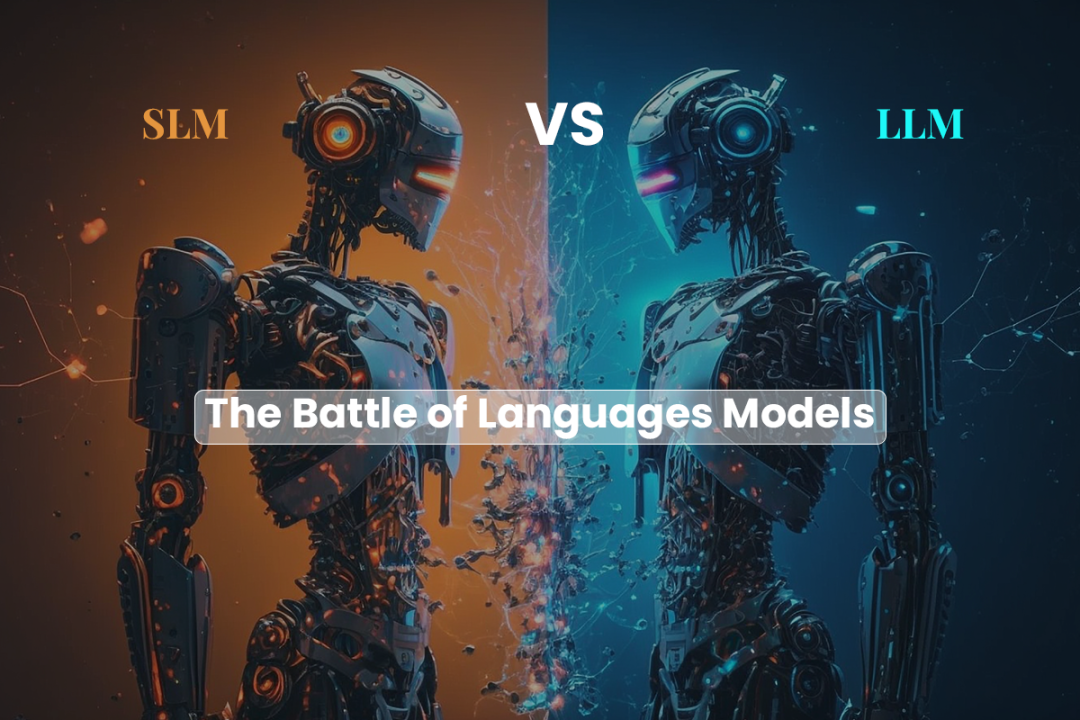Will Large Language Modeling (LLM) be die?
Created On, 20 Oct 2024





Large Language Models (LLMs) are unlikely to become obsolete or fade away anytime soon. Instead, they are poised to undergo significant evolution and adaptation over the coming years. The reasons behind this expectation are multifaceted.
First, LLMs such as ChatGPT, GPT-4, and other similar models are increasingly being adopted across a broad spectrum of industries. They have proven their value in areas like customer service, where they can provide instant responses to user queries; content creation, where they can generate human-like text for various purposes; coding assistance, where they help programmers write and debug code; as well as research, education, and numerous other fields. As their practical applications expand, so does their value, making them more integral to the functioning of modern systems. This growing utility suggests that instead of becoming irrelevant, LLMs will continue to be refined and adapted to meet new needs, ensuring their longevity.
Furthermore, there is continuous progress in the capabilities of LLMs. Researchers are constantly working to make these models more efficient, scalable, and capable of handling a broader range of tasks. This includes efforts to increase their size and processing power while simultaneously improving their ability to understand context, nuance, and complex concepts. As a result, future iterations of LLMs will likely become even more sophisticated, performing tasks with greater accuracy and understanding, which will make them indispensable in a wider array of scenarios.
In addition to these ongoing improvements, the landscape of artificial intelligence is constantly evolving, and new paradigms may soon emerge that integrate LLMs with other innovative technologies. For instance, reinforcement learning, neuro-symbolic AI, and even quantum computing are all areas of research that could merge with LLMs to create more advanced, efficient, and specialized systems. These advancements could give rise to a new generation of language models that are faster, more capable, and better suited for specific applications, while overcoming many of the current limitations of existing models.
That being said, LLMs do face certain challenges that must be addressed for them to fully realize their potential. Issues such as bias in their outputs, the enormous computational resources required to train and maintain them, and their sometimes-limited ability to reason or understand deeply nuanced problems are all obstacles to be overcome. However, researchers are actively tackling these issues, and if they succeed, LLMs will not only persist but evolve into even more robust and reliable tools. Solutions to these challenges could result in models that are not only more efficient but also fairer and more accessible to a wider range of users.
In conclusion, rather than disappearing, Large Language Models are likely to evolve significantly, both through ongoing advancements in their own architecture and through integration with emerging technologies. These models will become even more powerful and versatile, extending their reach and impact across multiple domains.
Welcome to our blog section where we share the latest updates, insights, and stories from our community.

Small Language Models (SLMs) are gaining popularity due to their resource eff..

Digital citizenship is the ability of individuals to use digital technology w..

A growing number of governments globally are adopting artificial intelligence..

